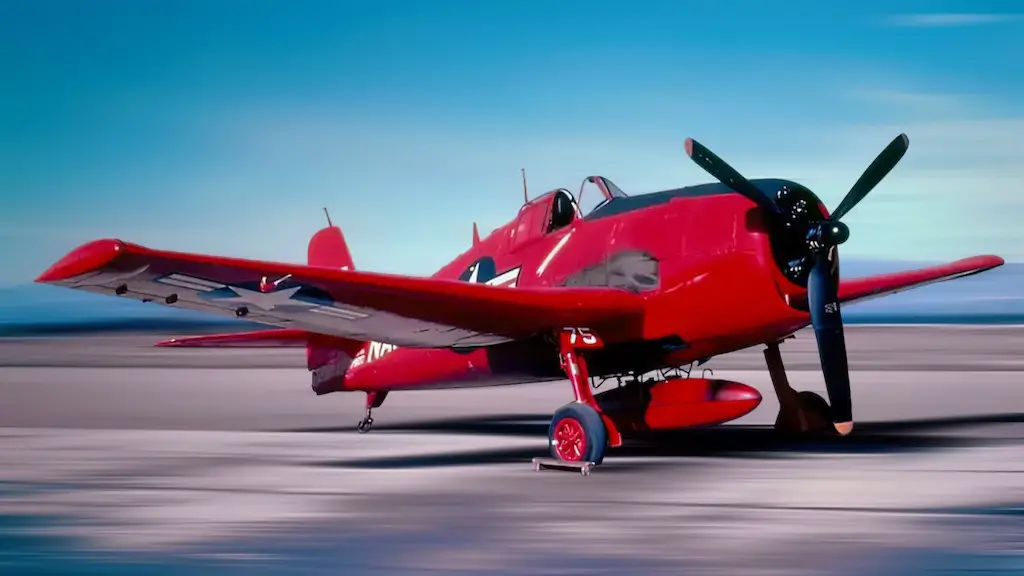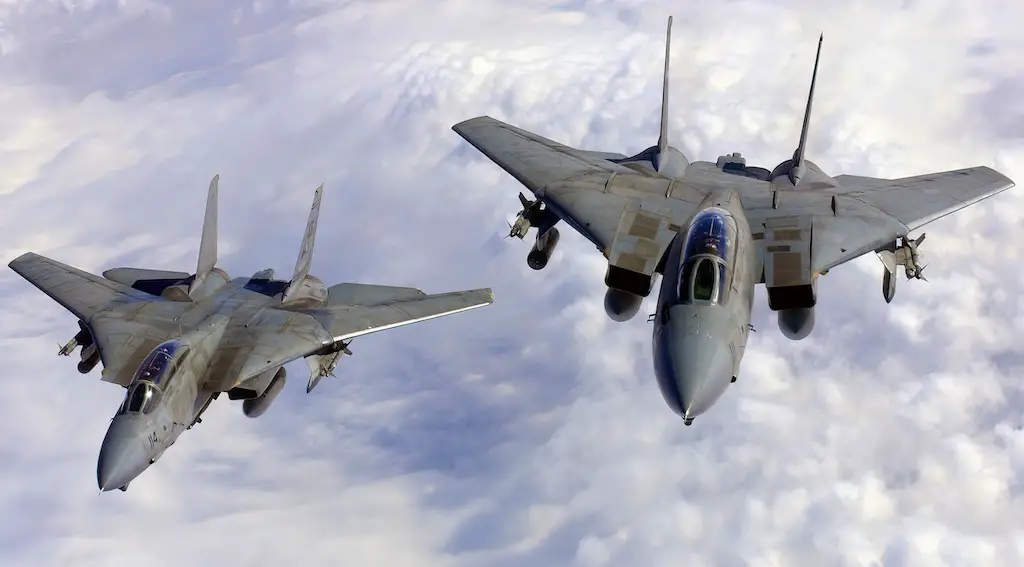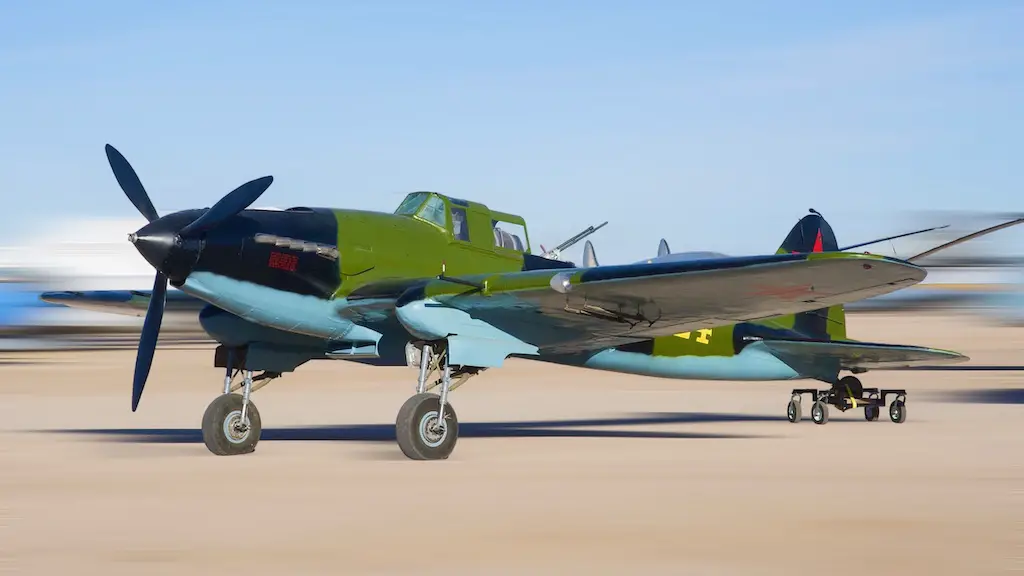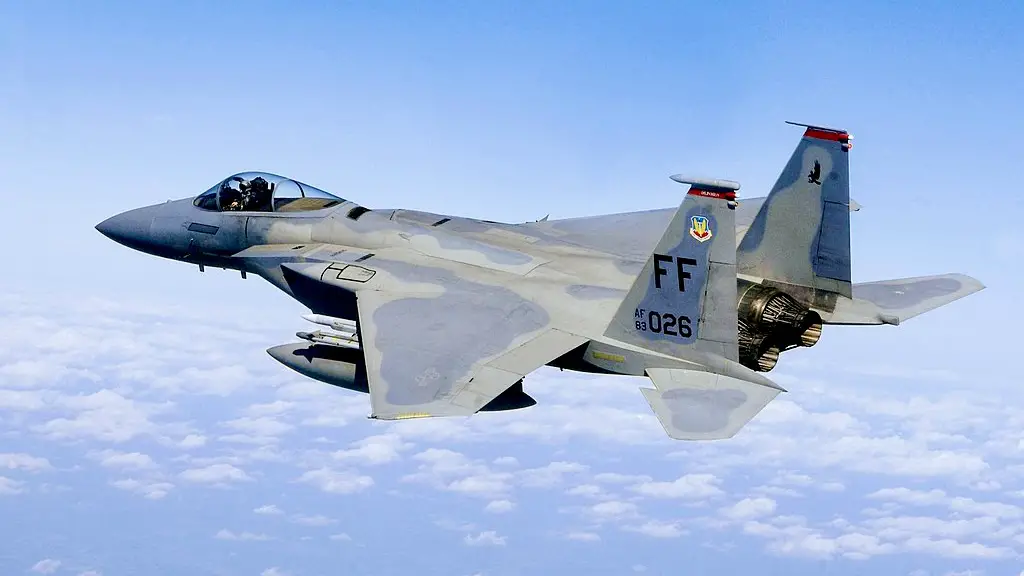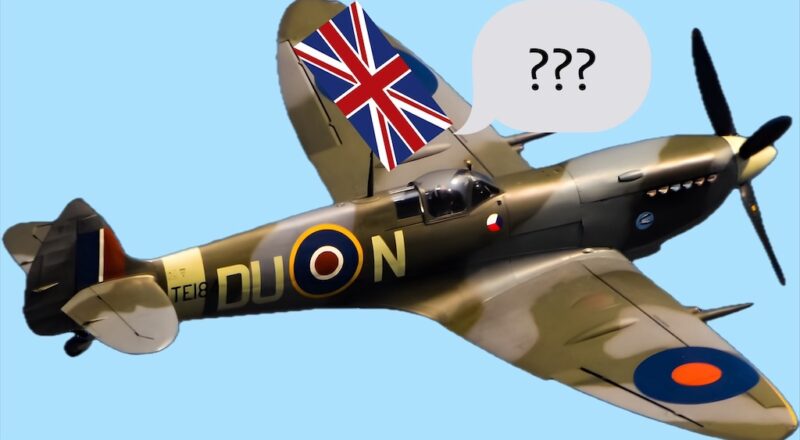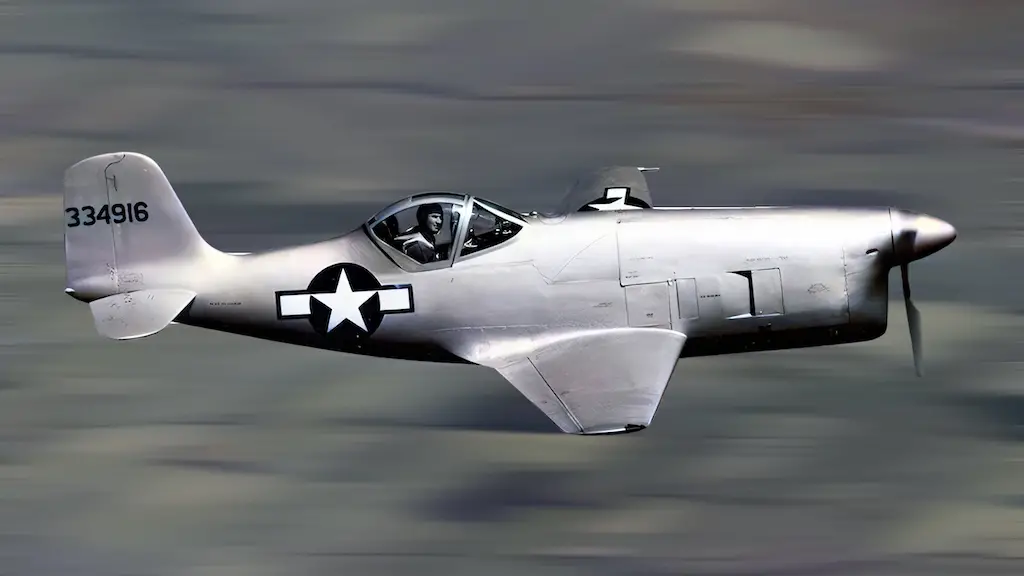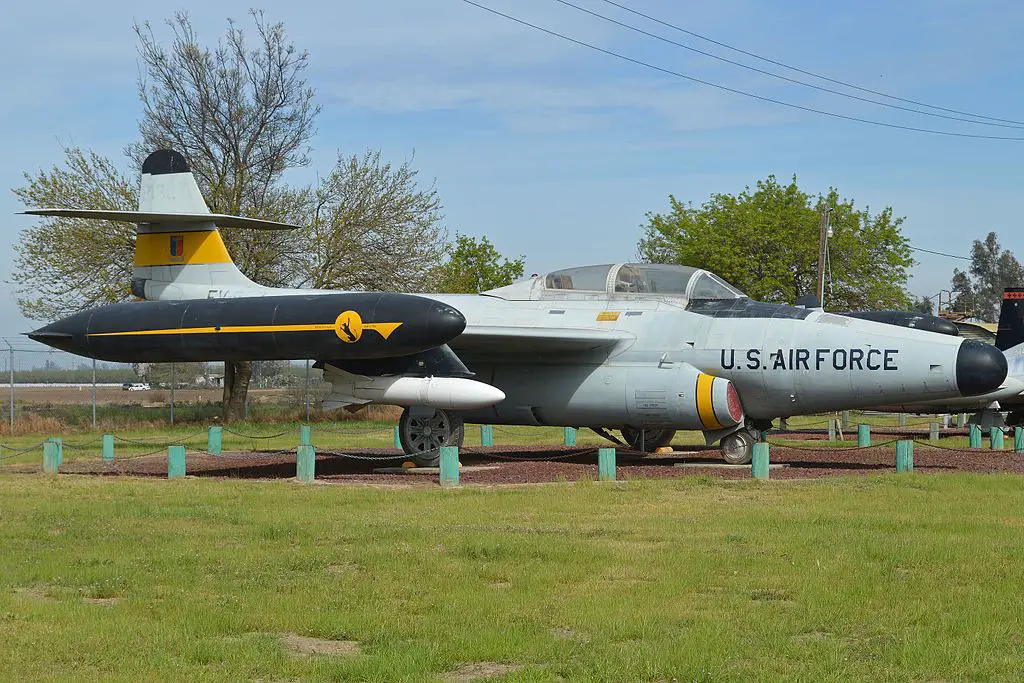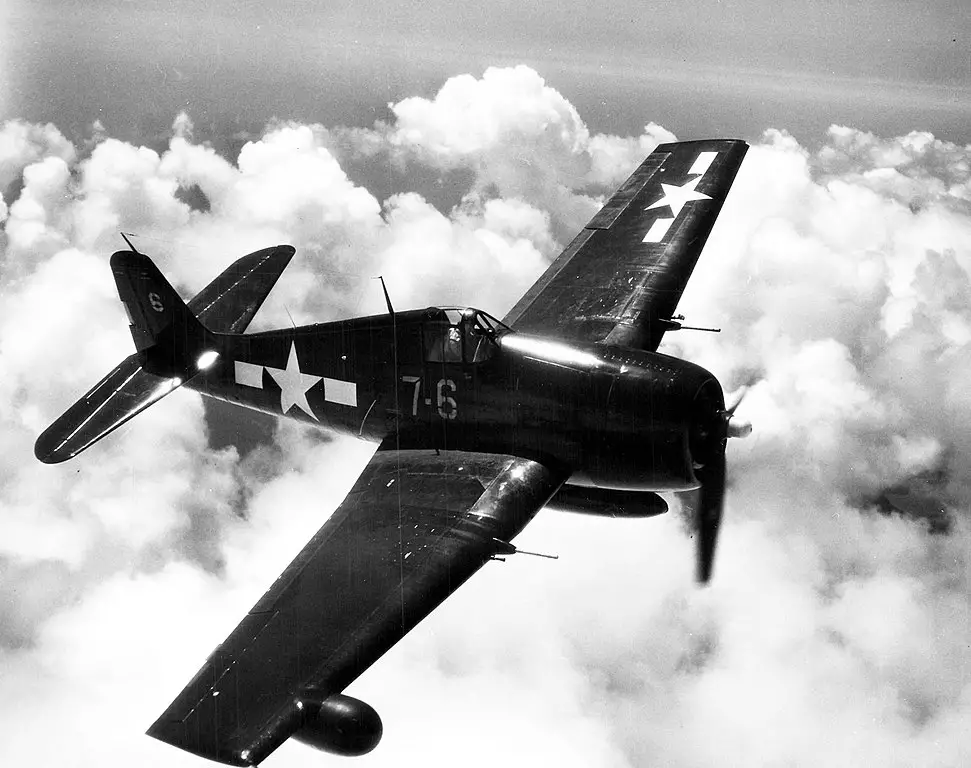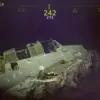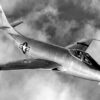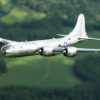On August 16, 1956, a Grumman F6F Hellcat fighter plane converted into an unmanned vehicle for target practice took off from the Naval Air Station Point Mugu, North-West of Los-Angeles. It was supposed to fly over the ocean, where naval air defense officers would down it with a missile. That would have been an absolutely routine training exercise, had the drone not stopped responding to operators’ commands.
When the ground control realized that the drone was out of control and heading towards Los-Angeles, the situation was recognized as an emergency and two Northrop F-89D Scorpions from Oxnard Air Force Base were scrambled to deal with the runaway drone. Each of them carried 104 Mk 4 Folding-Fin Aerial Rockets (FFAR), also known as ‘Mighty Mouse’. Taking care of an old piston-engine Hellcat painted in bright red should have been as easy as shooting fish in a barrel.
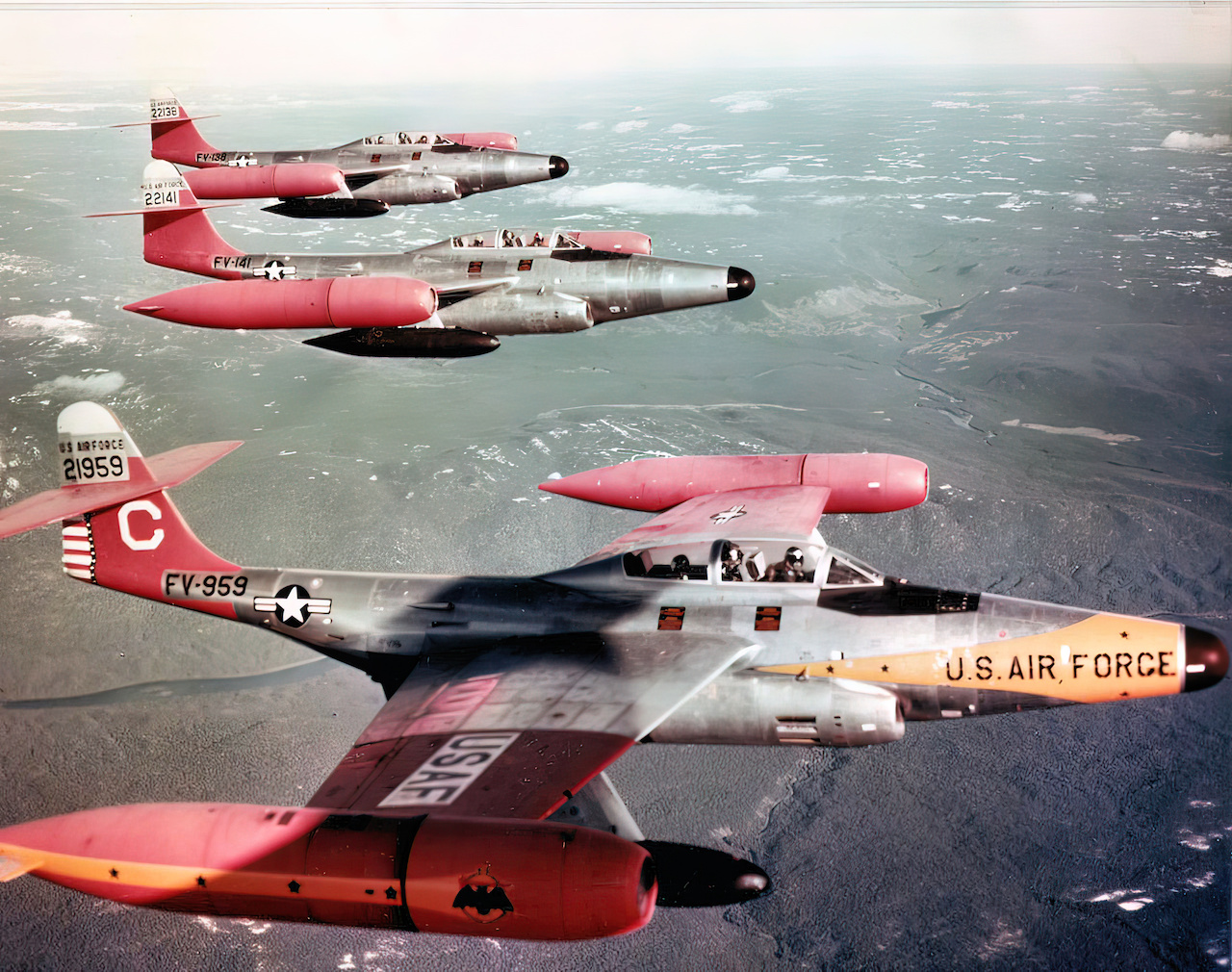
The Scorpions quickly found the Hellcat and started following it to take the drone down as soon as there were no populated areas below them. As the Hellcat was flying over the mostly uninhabited Antelope Valley, Scorpion crews tried to shoot it down. And that’s when their problems began. For some reason Scorpions’ electronic fire-control system just wouldn’t launch the rockets.
As that happened on both fighters, apparently, it was not a malfunction, but rather an inherent design flaw — the fire control system was built to destroy fast-flying targets, such as latest Soviet supersonic jets, and failed to fire at the Hellcat flying at some 180 mph.
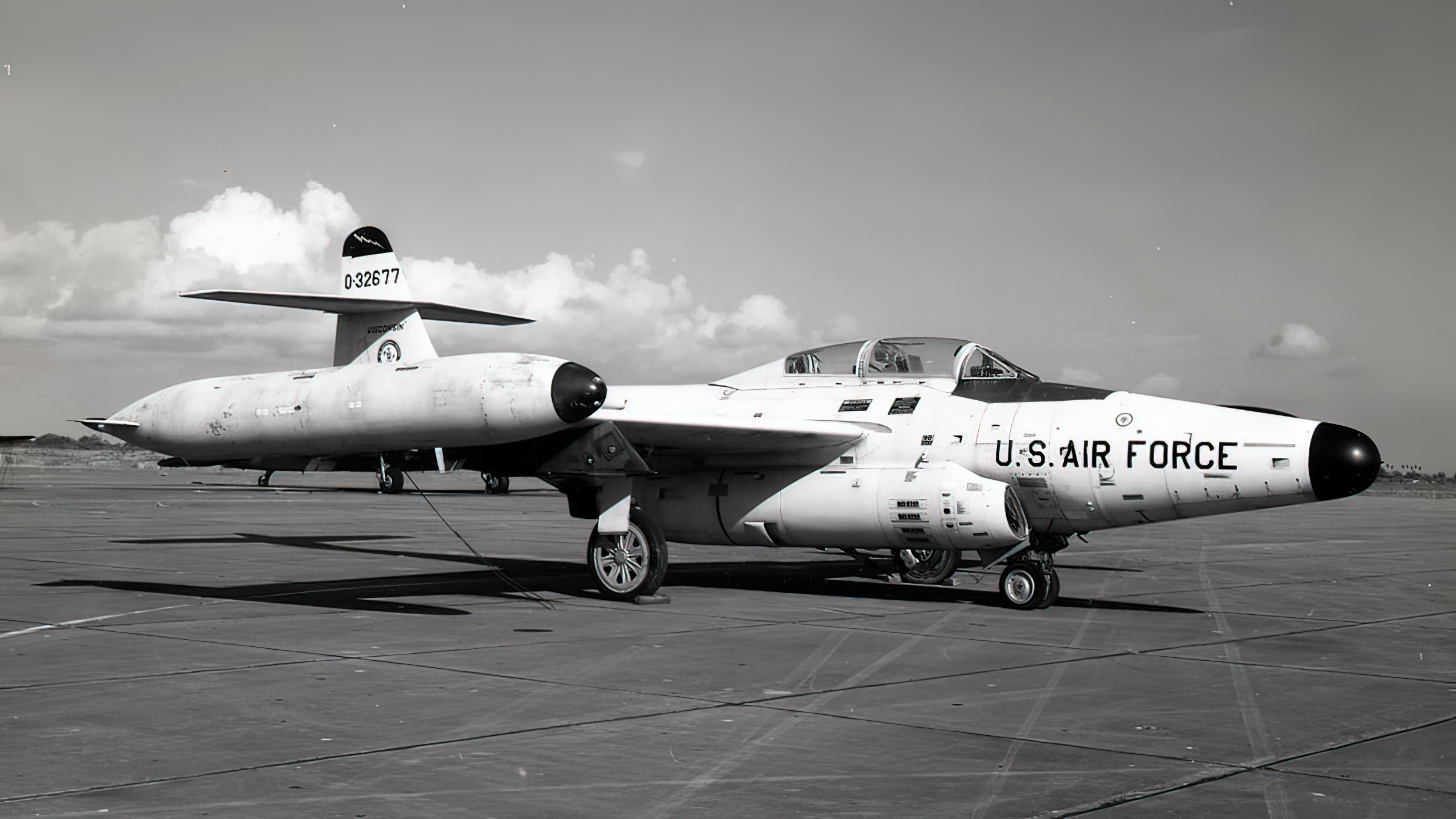
Thus, Scorpion Crews had to launch rockets in manual mode. But there was another problem — they didn’t have optical gunsights. Apparently, they had been considered unnecessary on a plane with a computer-operated fire control system. Besides, the fighters weren’t equipped with any guns to aim using a gunsight.
They, too, had been found obsolete and only later, during the Vietnam War lack of aircraft cannons would prove a deadly disadvantage, prompting designers to equip all fighters with a cannon up to this day. Anyway, on that August afternoon over California F-89D crews had no other options but to fire their FFAR rockets at the drone effectively ‘shooting from the hip’.
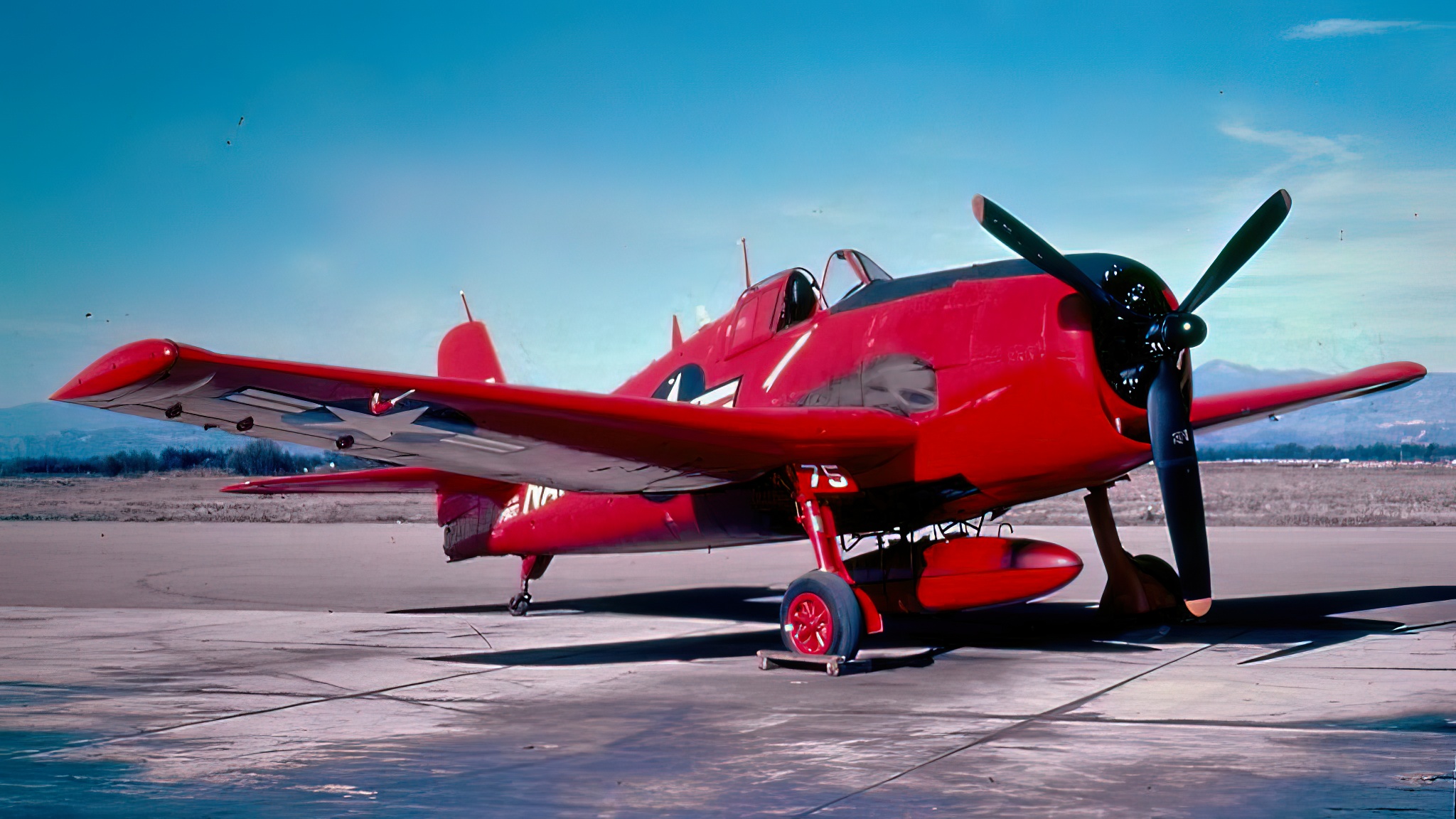
And that’s what they did. The Scorpions chased the Hellcat over California launching 2.75-inch rockets from streamlined pods on their wingtips. They fired all their rockets, all 208 of them with no effect whatsoever. None of them detonated near the drone or hit it directly.
Apparently, they launched rockets while flying too close to the target and the rockets just didn’t have enough time to arm. Having spent all their ammo, all the crews could do was follow the Hellcat to observe its fate. In fact, quite soon it ran out of fuel and crashed in the desert twelve miles east of Palmdale.
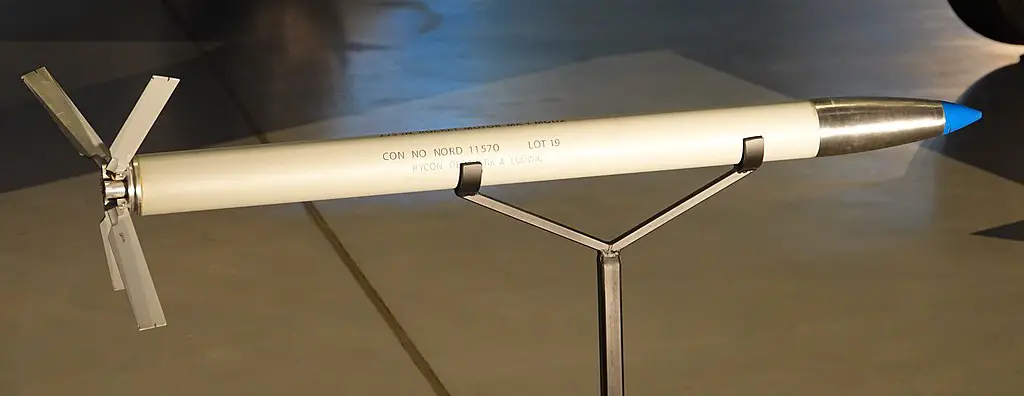
Crashing, the drone pulled down power lines. That was the only damage on the ground caused by it. That is, caused by the drone itself, not by the whole incident. Because dozens of rockets fired by its pursuers did eventually detonate, wreaking havoc on the peaceful land of California.
Vehicles and homes were riddled with fragments, oil storage tanks burned at an abandoned oil rig, fires blazed on hundreds of acres of land. Luckily, no one was injured. The incident was later dubbed as “Battle of Palmdale,” or, alternatively, “Battle of Los Angeles.”

